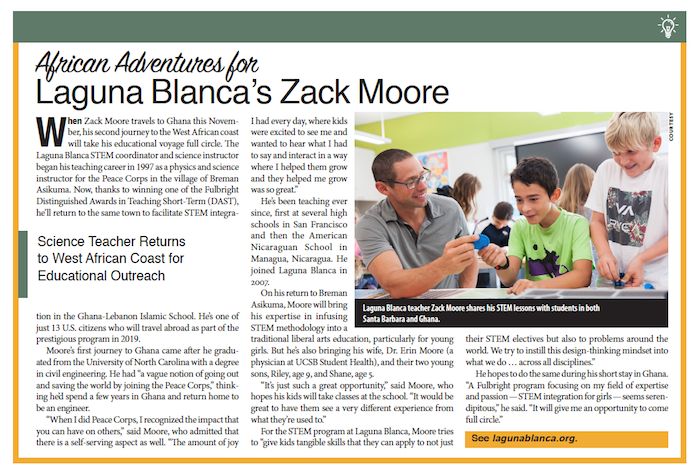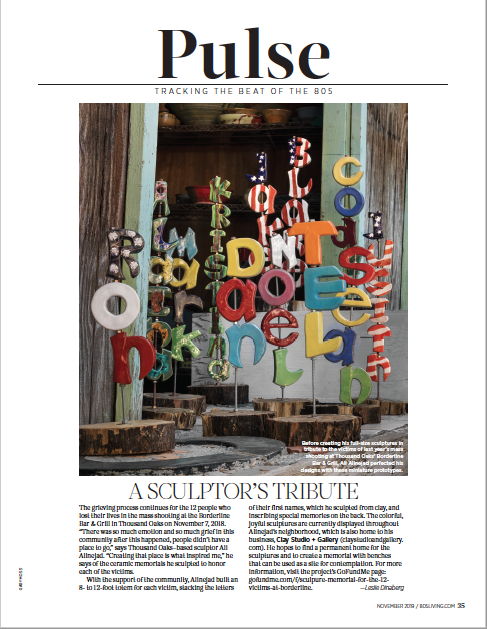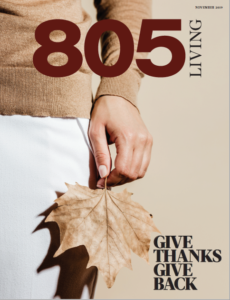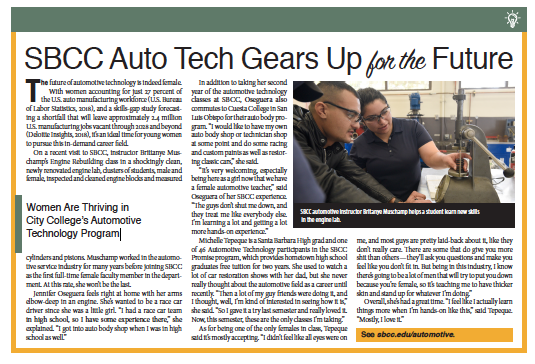
SBCC Automotive Technology, From Schools of Thought, Santa Barbara Independent, November 7, 2019.
Women Are Thriving in City College’s Automotive Technology Program
The future of automotive technology is indeed female.
With women accounting for just 27 percent of the U.S. auto manufacturing workforce (U.S. Bureau of Labor Statistics, 2018), and a skills-gap study forecasting a shortfall that will leave approximately 2.4 million U.S. manufacturing jobs vacant through 2028 and beyond (Deloitte Insights, 2018), it’s an ideal time for young women to pursue this in-demand career field.
On a recent visit to SBCC, instructor Brittanye Muschamp’s Engine Rebuilding class in a shockingly clean, newly renovated engine lab, clusters of students, male and female, inspected and cleaned engine blocks and measured cylinders and pistons. Muschamp worked in the automotive service industry for many years before joining SBCC as the first full-time female faculty member in the department. At this rate, she won’t be the last.
Jennifer Oseguera feels right at home with her arms elbow-deep in an engine. She’s wanted to be a race car driver since she was a little girl. “I had a race car team in high school, so I have some experience there,” she explained. “I got into auto body shop when I was in high school as well.”
In addition to taking her second year of the automotive technology classes at SBCC, Oseguera also commutes to Cuesta College in San Luis Obispo for their auto body program. “I would like to have my own auto body shop or technician shop at some point and do some racing and custom paints as well as restoring classic cars,” she said.
“It’s very welcoming, especially being here as a girl now that we have a female automotive teacher,” said Oseguera of her SBCC experience. “The guys don’t shut me down, and they treat me like everybody else. I’m learning a lot and getting a lot more hands-on experience.”
Michelle Tepeque is a Santa Barbara High grad and one of 46 Automotive Technology participants in the SBCC Promise program, which provides hometown high school graduates free tuition for two years. She used to watch a lot of car restoration shows with her dad, but she never really thought about the automotive field as a career until recently. “Then a lot of my guy friends were doing it, and I thought, well, I’m kind of interested in seeing how it is,” she said. “So I gave it a try last semester and really loved it. Now, this semester, these are the only classes I’m taking.”
As for being one of the only females in class, Tepeque said it’s mostly accepting. “I didn’t feel like all eyes were on me, and most guys are pretty laid-back about it, like they don’t really care. There are some that do give you more shit than others — they’ll ask you questions and make you feel like you don’t fit in. But being in this industry, I know there’s going to be a lot of men that will try to put you down because you’re female, so it’s teaching me to have thicker skin and stand up for whatever I’m doing.”
Overall, she’s had a great time. “I feel like I actually learn things more when I’m hands-on like this,” said Tepeque. “Mostly, I love it.”
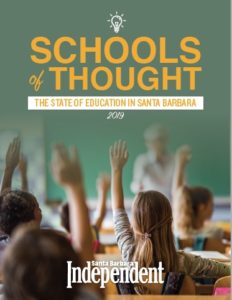 Click here to read this story as it originally appeared in the Santa Barbara Independent on November 7, 2019. SB Independent Schools of Thought Insert 11.7.19
Click here to read this story as it originally appeared in the Santa Barbara Independent on November 7, 2019. SB Independent Schools of Thought Insert 11.7.19


